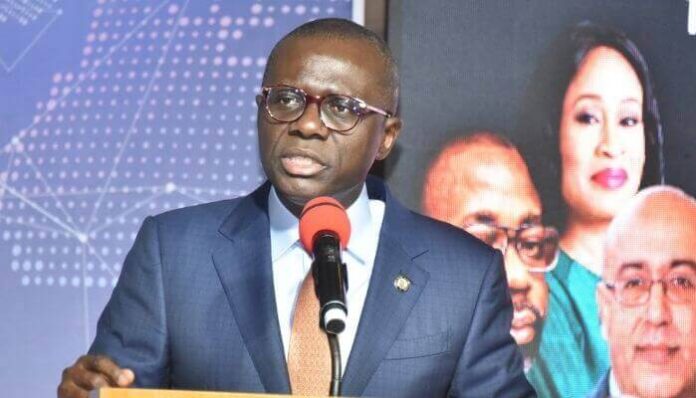Lagos owes N780.48b, followed by Ogun, Rivers, Imo
By Jeph Ajobaju, Chief Copy Editor
Lagos, which makes the most internally generated revenue (IGR) of all states with N51 billion per month, also owes the most domestic debt with N780.48 billion, followed by Ogun, its fellow South Westerner, and Rivers in the South South.
The domestic debt of the 36 states and the Federal Capital Territory (FCT) grew to N4.84 trillion in the first quarter ended March 2022 (Q1 2022), an 8.6 per cent rise above N4.46 trillion in Q4 2021.
Figures released by the Debt Management Office (DMO) show the combined debt increased 17.5 per cent versus N4.12 trillion in Q1 2021.
Lagos, Ogun, and Rivers mounted the leaderboard with a combined 26 per cent of the total domestic debt of states.
Nigeria’s total debt jumped from N39.56 trillion in Q4 2021 to N41.6 trillion in Q1 2022, an increase of N2.05 trillion.
Top 10 debtors
The top ten state domestic debtors as of Q1 2022 are:
- Lagos – N780.48 billion (16.1 per cent of total)
- Ogun – N241.98 billion (6.1 per cent)
- Rivers – N225.51 billion
- Imo – N204.61 billion
- Akwa Ibom – N203.11 billion
- Delta – N163.48 billion
- Cross River – N158.93 billion
- Plateau – N152.1 billion
- Bayelsa – N151.41 billion
- Oyo – N141.19 billion
__________________________________________________________________
Related articles:
Nigeria’s debt grows to N41.6tr
Buhari now spends 96% of revenue to service debt
Oil money losses can fund Buhari’s projects without loans
__________________________________________________________________
Highest debt increase
According to the DMO data, per Nairametrics reporting, states with the highest rises in debt in Q1 2022 compared with Q1 2021 are:
- Lagos – N780.48 billion from N507.38 billion (up by N273.1 billion)
- Ogun – N241.98 billion from N156.34 billion
- Imo – N204.61 billion from N149.89 billion (up by N54.72 billion)
- Oyo – grew by N49.24 billion
- Kwara – grew by N41.41 billion
Greatest debt decrease
- Delta – by N50.3 billion
- Rivers – by N41.43 billion
- Akwa Ibom – by N29.1 billion
Highest percentage rise in debt
- Sokoto – 66.2 per cent
- Kawara – 65.5 per cent
- Ogun – 54.8 per cent
Lowest percentage rise in debt
- Delta (-23.5 per cent)
- Rivers (-15.5 per cent)
- Abuja (26.4 per cent)
Debt to GDP ratio
“Whilst the total public debt to GDP at 23.27 per cent was below Nigeria’s self-imposed limit of 40 per cent, the momentum by the government to grow and diversify revenues remain a priority to ensure the public debt is sustainable,” the DMO said.
“Initiatives in this regard are yielding results as Actual revenues for January to November 2021 at N5.51 trillion was 39.21 per cent more than the N3.96 trillion recorded in 2020.
“Similarly, the share of Non-oil revenue grew by 80per cent compared to 61 per cent in 2020.”
Backstory
Nigeria’s debt to GDP ratio rose to 23.27 per cent in Q1 2022 against 22.47 per cent in Q4 2021. It is lower than the self-imposed 40 per cent limit but growing fast because of increased borrowing and sluggish economic growth.
States borrow funds from domestic and foreign markets to foot their expenses, particularly when they are not generating enough IGR or need to carry out projects that require huge capital.













